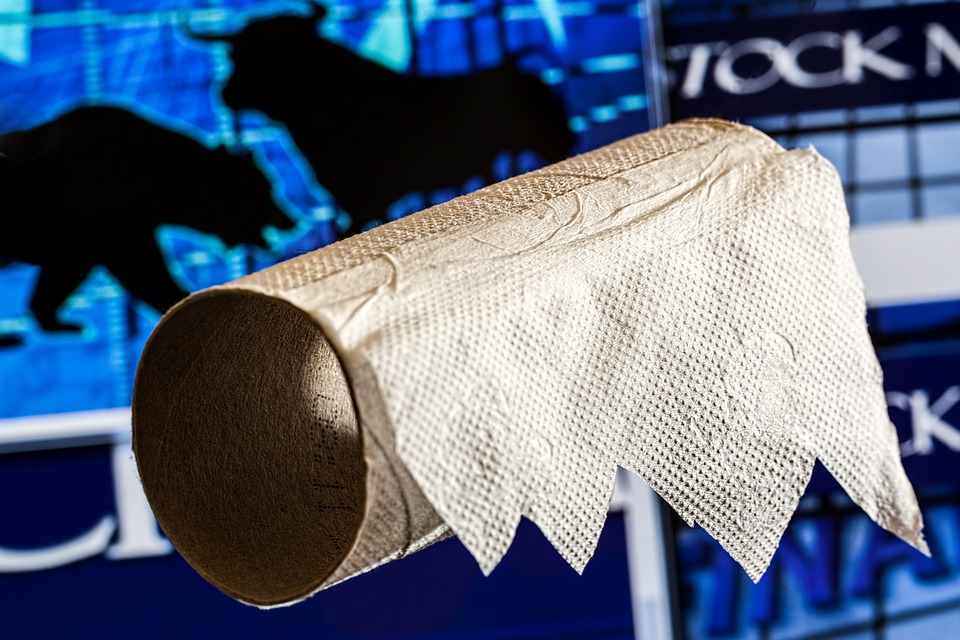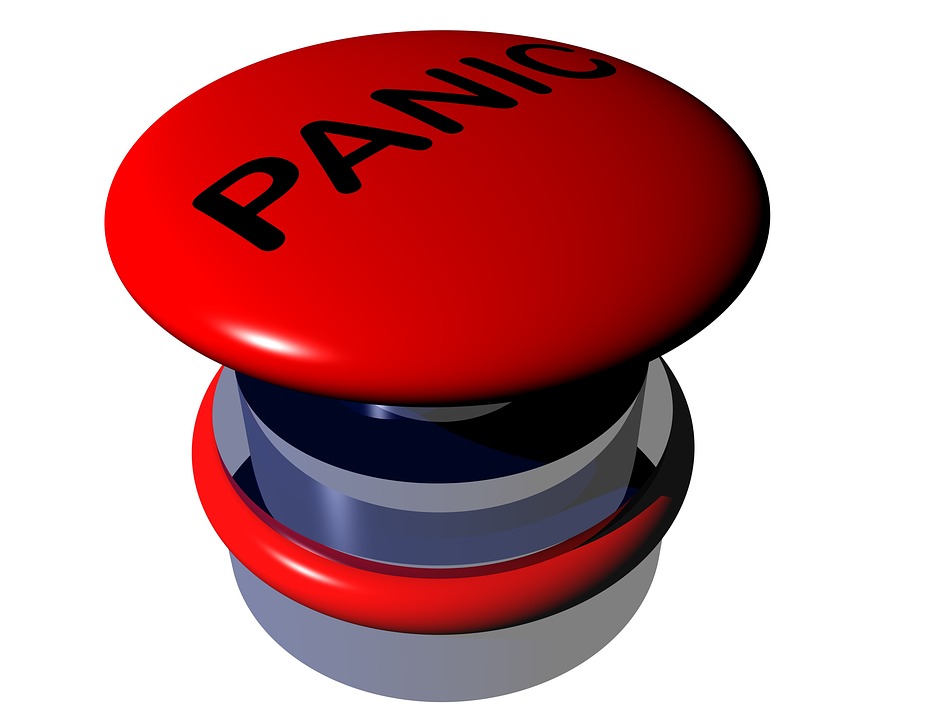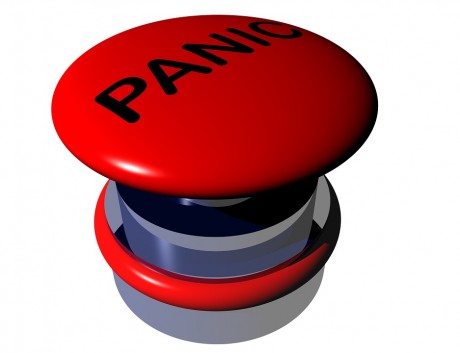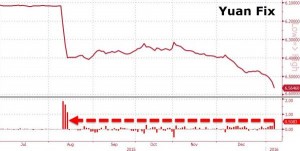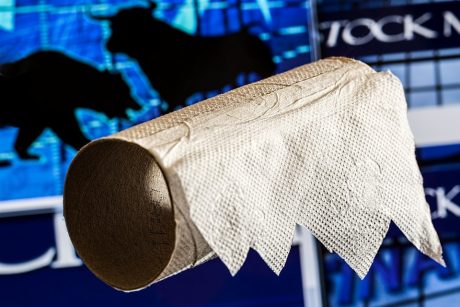 Puerto Rico has collapsed financially and has “filed for the equivalent of bankruptcy protection”. When this was announced on Wednesday, it quickly made front page news all over the planet. For decades, Puerto Rico has been considered to be the territory most likely to become “the 51st U.S. state”, and there have even been rumblings that we could soon see a renewed push for statehood. But that is on the back burner for now, because at the moment Puerto Rico is dealing with a nightmarish financial crisis that is the result of an accelerating economic collapse. Unfortunately, many Americans still don’t believe that what has happened to Puerto Rico could happen to us, even though signs of major economic trouble are emerging all around us.
Puerto Rico has collapsed financially and has “filed for the equivalent of bankruptcy protection”. When this was announced on Wednesday, it quickly made front page news all over the planet. For decades, Puerto Rico has been considered to be the territory most likely to become “the 51st U.S. state”, and there have even been rumblings that we could soon see a renewed push for statehood. But that is on the back burner for now, because at the moment Puerto Rico is dealing with a nightmarish financial crisis that is the result of an accelerating economic collapse. Unfortunately, many Americans still don’t believe that what has happened to Puerto Rico could happen to us, even though signs of major economic trouble are emerging all around us.
Almost two years ago I issued a major warning about the debt crisis in Puerto Rico, and now the day of reckoning for “America’s Greece” has finally arrived…
Saddled by mountainous debts and undermined by rapid population loss, Puerto Rico filed for the equivalent of bankruptcy protection Wednesday in a historic move that will trigger a fierce legal battle, with the fate of the island’s citizens, creditors and workers at stake.
The oversight board appointed to lead the U.S. territory back to fiscal sustainability declared in a court filing that it is “unable to provide its citizens effective services,” crushed by $74 billion in debts and $49 billion in pension liabilities.
Like Greece, Zimbabwe, Venezuela and so many others, what has happened in Puerto Rico shows us that it is simply not possible to live way above your means indefinitely. If your debt grows much faster than your economy, eventually you reach a point where financial disaster is inevitable. This is a lesson that our leaders in Washington D.C. desperately need to learn before it is too late for the United States.
Since 2007, the population of Puerto Rico has declined by 10 percent and the number of jobs in that nation has declined by 20 percent. It is a long-term economic collapse that just continues to get even worse with each passing month.
Unfortunately for Wall Street, many large U.S. financial institutions have invested very heavily in Puerto Rico’s bonds. In fact, it has been estimated that 180 mutual funds have “at least 5% of their portfolios in Puerto Rican bonds”.
At this point, U.S. firms stand poised to lose billions of dollars as their investments become worthless, and many of these firms were totally blindsided because they were assured that this could not happen…
The financial collapse promises to impose deep losses on bondholders who for years snapped up Puerto Rico’s securities, which are tax-free throughout the U.S. U.S. states can’t file for bankruptcy, and investors bought the bonds assured that it wasn’t a legal option for Puerto Rico either.
The scale of the restructuring is far larger than Detroit’s record-setting $18 billion bankruptcy, and it’s unclear how long a court proceeding would last or how deep would be the cuts that are imposed on bondholders.
So how far will the financial collapse of Puerto Rico ultimately ripple through our financial system?
It is hard to say, but without a doubt this is a major concern.
Meanwhile, corporate insiders are selling stocks at the fastest pace that we have seen in seven years. The following comes from Business Insider…
As the investing public has continued to devour stocks, sending all three major indexes to record highs in the last few months, corporate insiders have been offloading shares to an extent not seen in seven years. Selling totaled $10 billion in March, according to data compiled by Trim Tabs.
It’s a troubling trend facing an equity market that’s already grappling with its loftiest valuations since the 2000 tech bubble. If the people with the deepest knowledge of a company are cashing out, why should investors keep buying at current prices?
What do those corporate insiders know that the rest of us do not?
Perhaps they are just being rational. If I was a top corporate insider at one of these “unicorns” that have market caps in the tens of billions of dollars even though they are consistently losing hundreds of millions of dollars a year I would be selling too.
You make money in the stock market by selling at the right time. Those that sold their Pets.com stock at the peak of the dotcom bubble got quite wealthy, but those that held on all the way through the stock market crash got completely wiped out.
There have been some analysts that have suggested that one way to make money in the stock market is to simply do what the insiders are doing. If they are buying, then that is supposedly a time to buy, and if they are selling that is supposedly a time to sell.
Personally, I would rather use my limited resources to get prepared for the horrific crisis that is inevitably coming, but not everyone agrees with that outlook.
The crisis in Puerto Rico developed over an extended period of time, and there were plenty of warning signs.
So anyone that is still holding Puerto Rican bonds at this point is quite foolish.
Similarly, the warning signs here in the U.S. have been mounting for quite a while. Just yesterday, we got more exceedingly bad news for the U.S. auto industry, and we are on pace to absolutely smash the all-time record for most retail store closings in a single year.
Just because a crisis does not arrive on the exact month or year that you were anticipating does not mean that it has been canceled.
I warned about a looming financial cataclysm in Puerto Rico nearly two years ago, but they somehow managed to hang on until now. And even though the U.S. financial system is still afloat for the moment, everyone should be able to see that we are definitely living on borrowed time.
So don’t look down on Puerto Rico, because what is happening to them is eventually coming here too.
